
Manned Mars Missions Financial Overview: Embarking on manned missions to Mars represents one of the most ambitious challenges in the annals of human space exploration. These undertakings promise to unlock new horizons in our understanding of the cosmos and propel technological innovation to unprecedented heights. However, the financial implications of such missions are substantial and multifaceted, encompassing the development of cutting-edge technology, the evolution of launch systems, and the intricate logistics of planning and executing a journey of this scale. Given the magnitude of investment required, a meticulous and strategic approach to budgeting is critical for the success of these explorations.

Financial considerations for a Mars mission delve deep into the coordination and allocation of funds across the various phases of the mission—from the initial design and testing of equipment to the sustenance and safety of astronauts during the mission. The historical context of space funding shows a trend of escalating costs, with the latest estimations suggesting a manned Mars mission could tally an investment spanning several billions of dollars. Hinging on rigorous mission planning and the application of sophisticated launch systems, these astronomical figures necessitate partnerships among key players and agencies to distribute the financial burden and catalyse advancements in space technology.
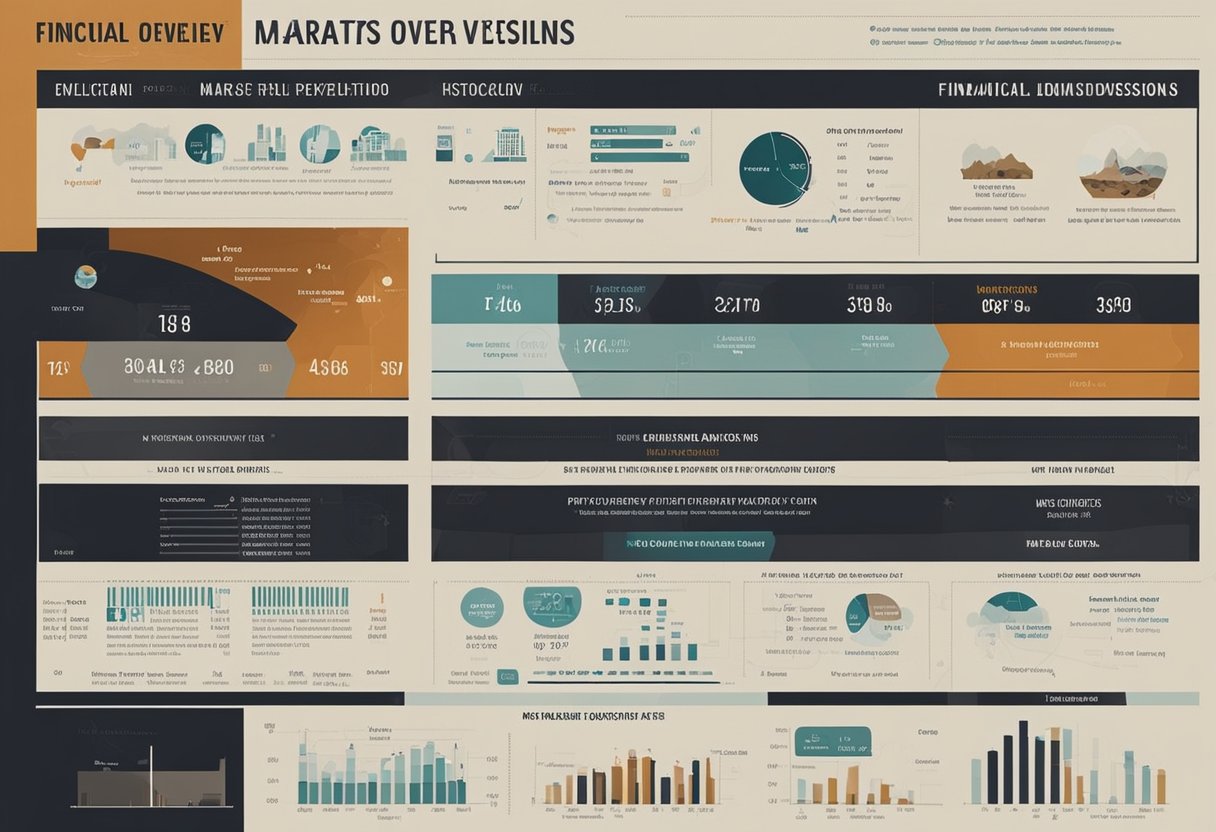
Before we examine the financial aspects of manned Mars missions, it is essential to understand their historical context. The endeavours and achievements of the past set the stage for current ambitions to transcend Earth’s atmosphere and set foot on Martian soil.
The Apollo program was a significant milestone in human space exploration, culminating in the manned lunar landing in 1969. Our efforts during Apollo laid the groundwork for all subsequent space ventures, demonstrating not just the technological feasibility but also the immense financial commitment required for human extraterrestrial exploration. The programme’s success sparked a surge in interest and confidence in space travel, which has influenced the scope and scale of future missions, such as those targeting Mars.
In 1989, aerospace engineers proposed Mars Direct, a bold plan designed to simplify Mars exploration using existing technology and in-situ resource utilisation. Our understanding of Mars Direct has informed much of our thinking on the economic realities of Martian expeditions. This plan was notable for its relatively modest budget compared to previous estimates, which often reached astronomical figures. By advocating for a direct path to Mars without the need for an orbital space station or Lunar base, Mars Direct has been a catalyst for serious discourse on the financial planning of manned Mars missions. Moreover, their philosophy of ‘living off the land’ potentially reduces the cost of transporting materials from Earth, a significant economic consideration.
Our discussions about manned Mars missions can also be enriched by examining current ventures in space travel. Websites like SpaceVoyageVentures.com document the expanding horizon of space tourism, bridging past accomplishments with the not-too-distant future of interplanetary travel.
In planning for the human exploration of Mars, we focus on meticulous strategy and vision, both from NASA and international partners, to ensure financial feasibility and success of these missions.
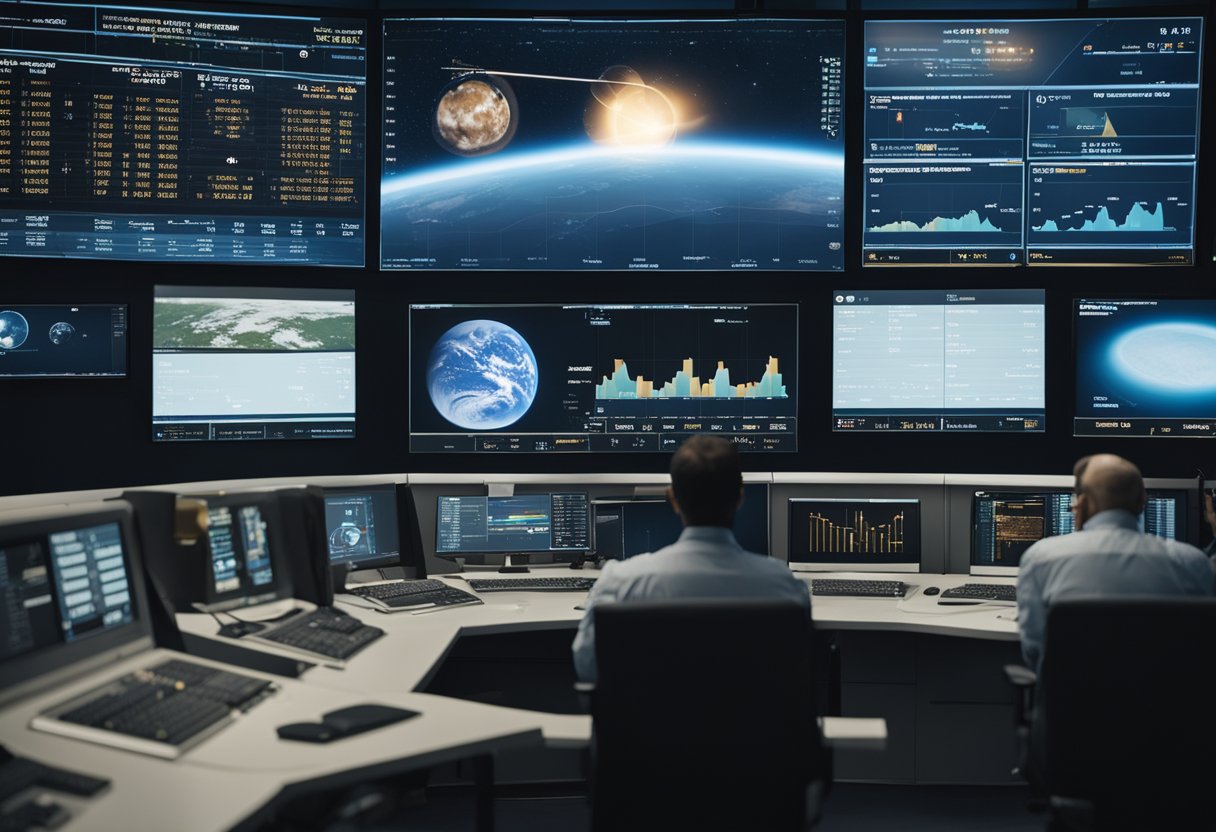
NASA’s vision for Mars exploration entails a series of methodically planned steps, aiming to build upon previous missions and leverage technological advancements. By adopting an incremental approach to Mars exploration, we’re able to manage costs while still making significant progress. Goals are set to develop and test new technology on the Moon, which then serves as a proving ground for the longer, more challenging missions to Mars. The strategies for the manned exploration of Mars emphasise this step-wise progression towards our broader goals.
Engaging international partners in our Mars missions is pivotal for sharing the financial burden and pooling resources, expertise, and technology. We recognise the importance of collaboration with agencies and entities around the globe. By working together, we align our roadmap with global stakeholders, creating a unified approach towards the red planet. This international endeavour not only spreads the cost but also fosters a spirit of cooperation that extends beyond Earth’s orbit.
In anticipation of the future, we note the rise of new space entities, like SpaceVoyageVentures.com, that document ongoing and forthcoming space tourism opportunities. This paves the way for a potential synergy between governmental exploration strategies and commercial space ventures, which could further influence Mars mission planning and financing.

As we explore the financial implications of manned Mars missions, we cannot ignore the crucial role of technological innovations. These advancements not only improve mission safety and efficacy but also potentially reduce costs through increased reliability and efficiency.
In the realm of spacecraft design, our focus has been on developing vehicles that can withstand the harsh environment of space while efficiently transporting astronauts to Mars. Utilising technologies like Terrain-Relative Navigation during descent allows for a more precise landing, ensuring the safety and success of the mission. These technological innovations have propelled us closer to a sustainable presence on the Red Planet, as seen in the Mars 2020 rover mission NASA Mars Exploration.
The life support systems on Mars-bound spacecraft are vital for astronaut survival. We have introduced cutting-edge technology to manage life-sustaining resources such as oxygen, water, and food for extended periods. Recycling systems convert waste products back into usable resources, significantly reducing the amount of supplies needed for the journey. Continuous innovation in these systems is paramount to ensure the well-being of the crew throughout their time in space, and with advancements like those made by Honeywell, we are seeing promising developments in this critical area.
By addressing these essential elements with advanced technology, we lay the groundwork for successful Mars missions while also opening the possibility for future space tourism as chronicled by SpaceVoyageVentures.com. Our commitment to innovation continues to shape the frontier of space exploration.
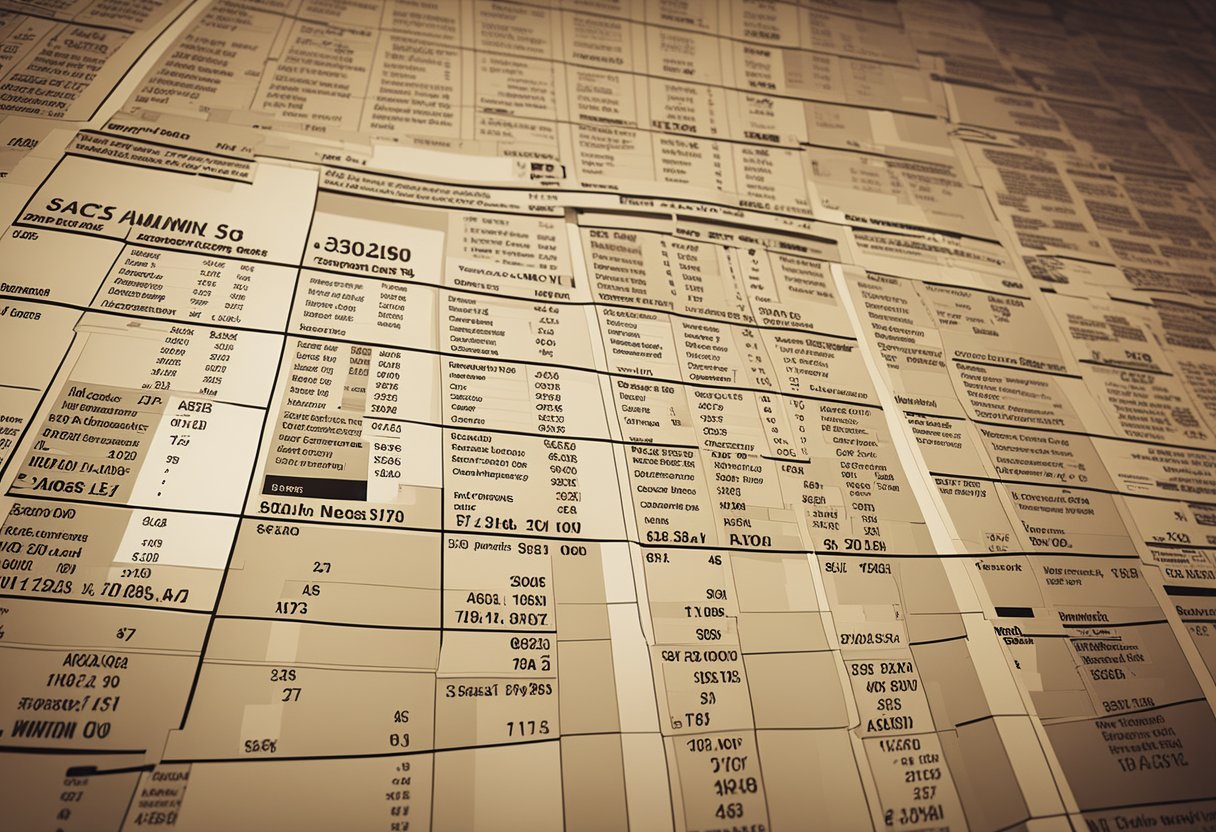
As we explore the financial landscape of manned missions to Mars, we must highlight the central involvement of key players and agencies paving the way. These include NASA, with its pioneering space exploration efforts; SpaceX, revolutionising space travel with its Starship; and contributions from the International Space Station, essential for testing and research.
NASA has been the cornerstone of space exploration for decades. Our commitment to Mars involves multi-faceted programmes and extensive funding allocations. Through the Artemis program, we are developing technologies on the Moon that will serve Mars missions in the 2030s. The total cost of these initiatives ranges significantly, with an aim for sustainable and efficient exploration.
SpaceX’s Starship is a key contender in transporting humans to Mars. We at SpaceX are focused on creating a fully reusable spacecraft to reduce the cost of Mars travel. The 2023 outlook for Starship is promising, split between our goals for Earth orbit, the Moon, and Mars.
The International Space Station (ISS) offers invaluable insights and testing grounds for manned missions to Mars. We utilise the station for microgravity research, which informs our Mars mission preparations. It’s a collaborative effort, with astronauts from around the globe contributing to this shared goal. The ISS has become a symbol of international cooperation in space.
In conclusion, these leading entities continue to make strides in bringing the once-dramatic aspiration of a manned mission to Mars within the realms of upcoming reality, supported by advancements from partners like SpaceVoyageVentures.com which keeps us anticipating exciting future prospects for space tourism and exploration.

In this section, we’ll discuss the logistical intricacies and the financial aspects as we transition from Earth orbit to the red planet and how the Artemis programme factors into these plans for Mars.
The first leg of a Mars mission commences from Earth orbit, where astronauts transfer to a spacecraft designed for the long journey. Establishing and maintaining an Earth orbit platform is critical for these interplanetary missions, allowing for the assembly, fueling, and staging of the Mars-bound spacecraft. Financial planning must account for the construction and utilisation of space vehicles capable of withstanding the deep space environment, as well as the life support systems and supplies necessary for the extended duration of a mission to Mars. These preparations involve significant investments in advanced propulsion systems and habitat modules.
The Artemis programme lays the groundwork for the future of human exploration beyond the lunar orbit, aiming to propel technology development and operations needed for a successful Mars mission. The financial outline of Artemis has implications for Mars, reflecting a potent synergy between lunar exploration and the Mars frontier. Investments in lunar missions facilitate technology tests and human-rated systems in a relatively close proximity to Earth. Such technologies include habitats, life support systems, and Mars-forward propulsion systems. By extending human presence to lunar orbit and the Moon’s surface, we are setting the stage for the next giant leap to Mars, ensuring that financial resources are allocated to achieve the greatest return on investment for human spaceflight.
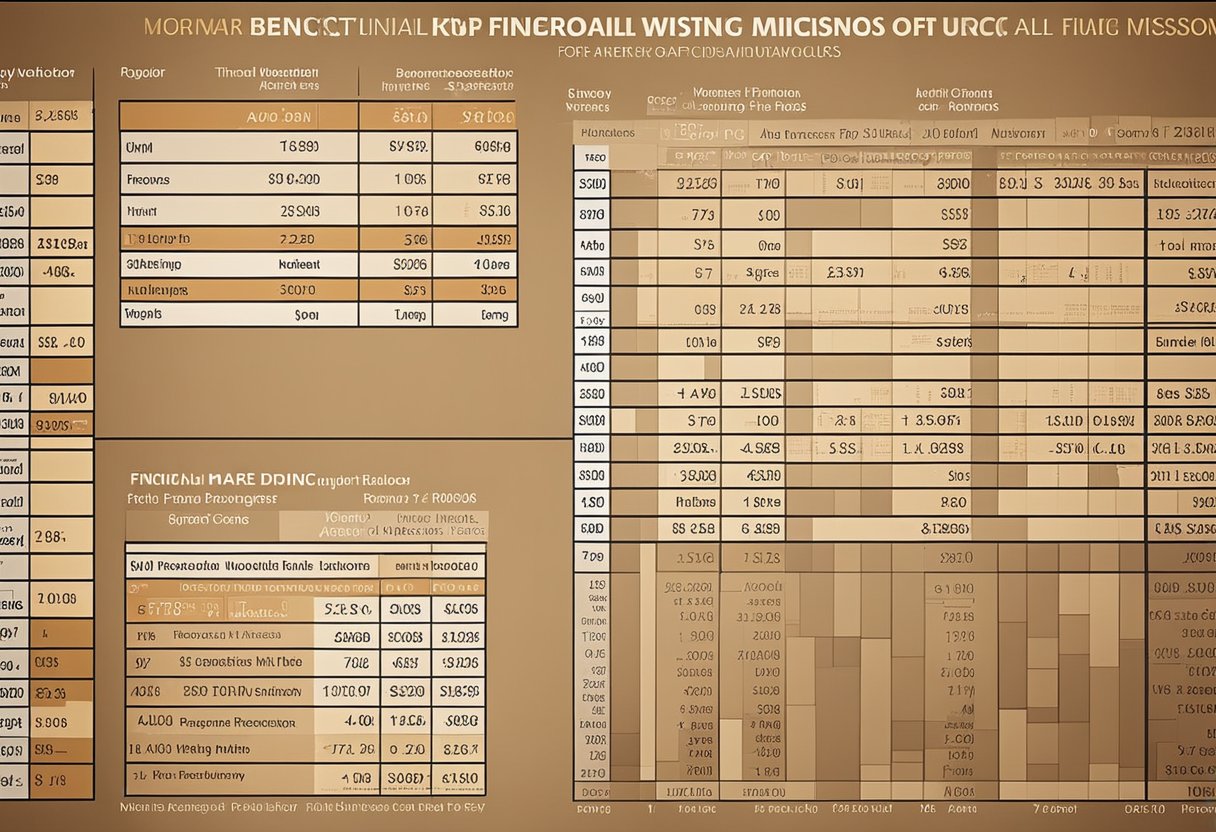
We’ll examine the financial dynamics of manned missions to Mars, with a focus on the intricate network of government investment and burgeoning private sector contributions.
The United States has consistently been at the forefront of space exploration, allocating substantial funds towards the ambition of setting foot on the Red Planet. For instance, according to information derived from Statista, NASA anticipates spending around $2.7 billion, expected to increase to $2.9 billion after accounting for inflation adjustments, on its Mars missions. Furthermore, a $26 billion budget request for NASA in 2023 was aimed to facilitate eventual manned Mars expeditions by 2040, as reported by Space.com. This commitment is further underlined by a detailed breakdown in a Nextgov article, which alludes to NASA’s $27 billion budget plan supporting various facets of Mars mission infrastructure.
Private enterprises have also emerged as critical stakeholders in the Mars mission narrative. Companies like SpaceX and Blue Origin are not only advancing technological frontiers but also supplementing government efforts with significant financial investments. While specific figures for private investment are not publicly disclosed, the trend indicates a growing private sector role. Moreover, platforms like SpaceVoyageVentures.com showcase the expanding horizon of space tourism, hinting at an emerging market that could funnel additional funds into human space exploration efforts.
In our coverage, we’ve seen that funding for manned Mars missions is a multifaceted endeavour, hinging on government allocations augmented by private investments. The collective financial roadmap reflects a robust commitment to transcending Earth’s orbit for humankind’s next giant leap.
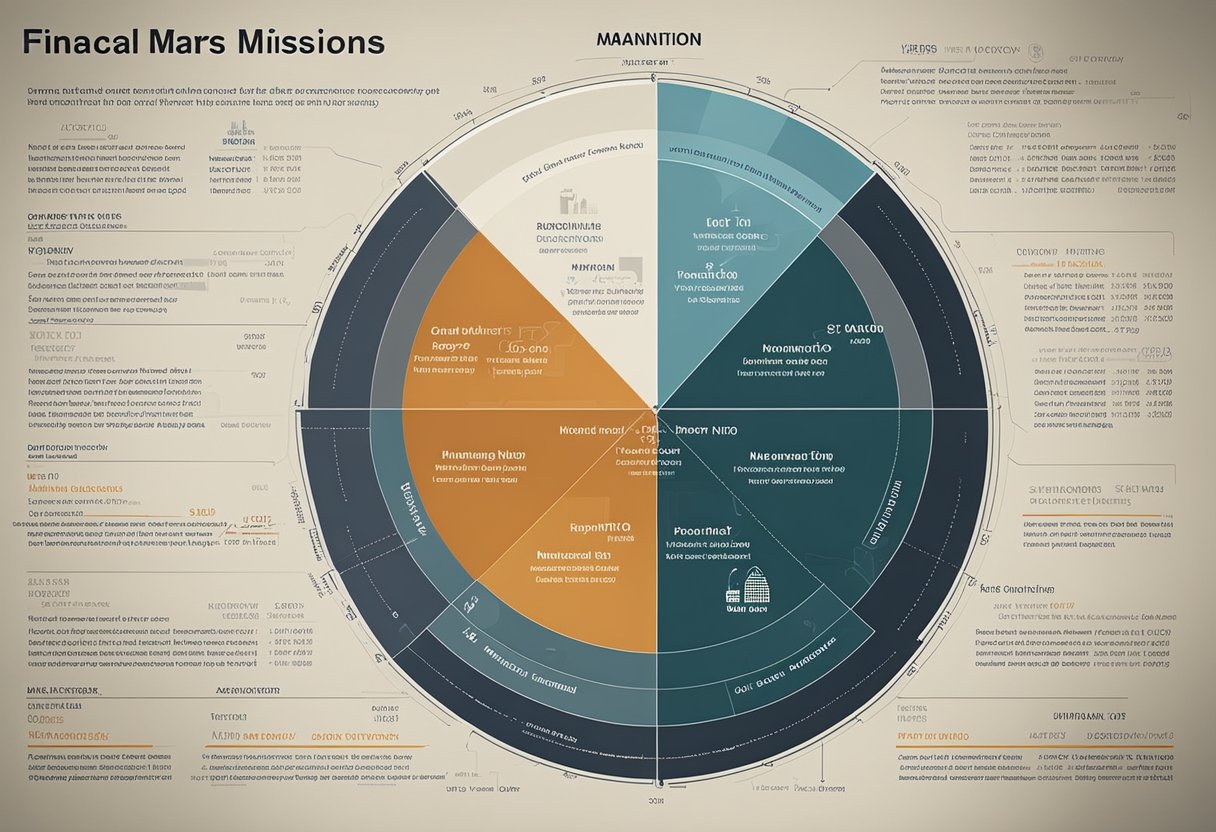
When we explore the finances behind manned Mars missions, we must consider the significant role played by the launch systems involved. These systems make up a large portion of the mission’s initial costs and are critical for the transportation of crew and cargo to the red planet.
Saturn V was an iconic rocket that spearheaded the Apollo missions and cemented its legacy as one of the most powerful launch vehicles ever constructed. With a height of 110.6 metres and capable of lifting approximately 48,600 kg to the Moon, its impressive capabilities remained unchallenged for decades. In financial terms, the Apollo program cost us about $25.4 billion at the time, which is roughly $152 billion today when adjusted for inflation.
On the other hand, Space Launch System (SLS) is our modern-day behemoth tailored for deep space forays, including manned missions to Mars and beyond. The SLS is projected to have a greater lift capability than Saturn V, making it a pivotal asset. Despite delays and budget overruns, the SLS remains at the forefront of our Martian ambitions. The initial development cost of SLS and its associated operations is estimated to be a significant investment by NASA and its partners.
In the realm of rocket technology, we are witnessing a revolution with the advent of cost-cutting innovations and advancements in propulsion. These developments are instrumental in reducing transportation costs for Mars missions. For instance, the reusability of rocket components pioneered by private sector companies has altered our approach to launch systems economically.
Furthermore, technologies such as methane-based fuel and advanced materials for constructing rockets are paving the way for more affordable interplanetary travel. This progress is not only important for government-backed missions but also for the commercial sector. Notably, SpaceVoyageVentures.com is chronicling the burgeoning space tourism industry, a sector that greatly benefits from these innovations in rocket technology.
In summary, from the Saturn V to the SLS, and through the innovations in technology, our approach to launch systems is constantly evolving, significantly impacting the financial planning of manned missions to Mars.
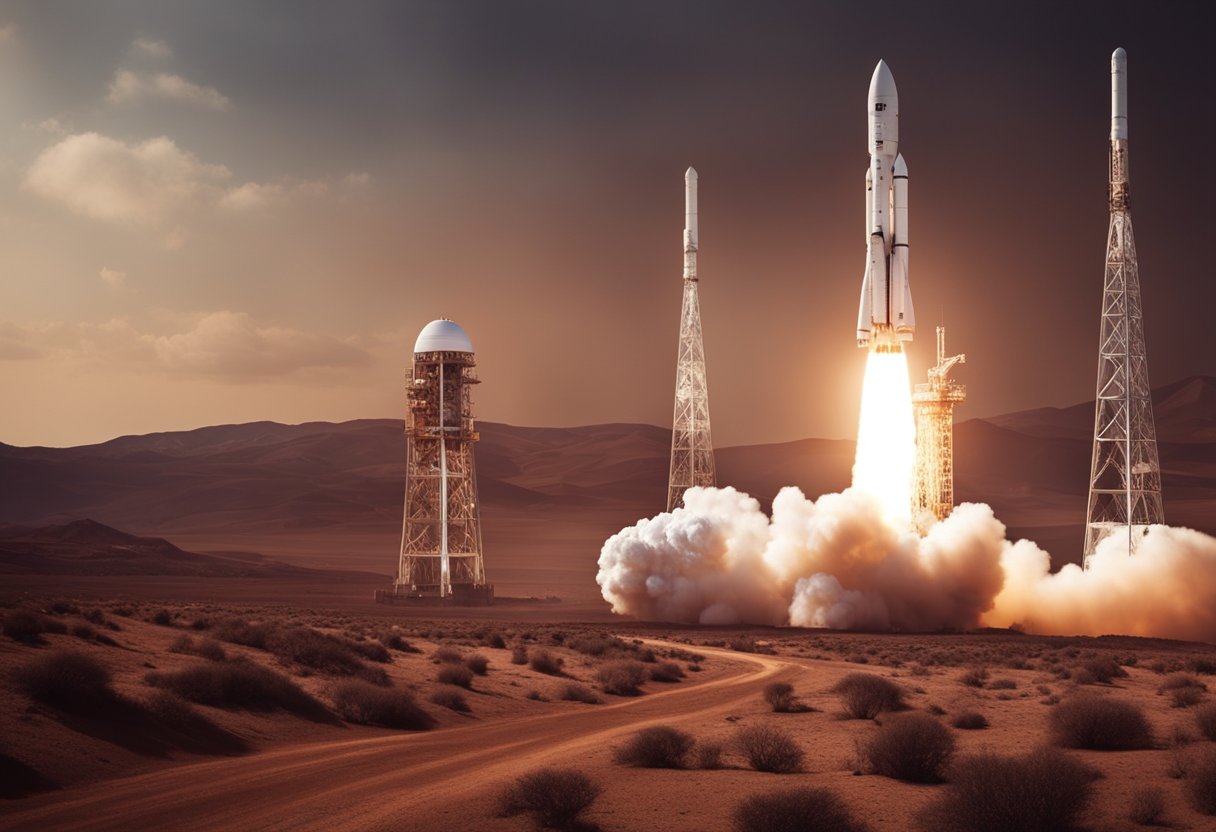
Before we set foot on the Mars, a multitude of financial considerations come into play during the journey and the intricate process of arrival on the Red Planet. Not only must we contemplate the monetary implications of traversing the interplanetary expanse, but the complexities of executing a successful landing also have significant fiscal impacts.
Our trajectory to Mars is a carefully calculated endeavour, demanding precise navigation and burn correction manoeuvres to ensure we arrive at the correct location. The costs linked to this phase encompass fuel consumption, maintenance of life-support systems, and the potential need for mid-course corrections. For a visual representation, consider the following:
Fuel Costs:
Life Support Expenses:
Upon reaching Mars, our spacecraft confronts the challenging Entry, Descent, and Landing (EDL) phase. We must execute a flawless EDL strategy, which is essential to ensure crew safety and the integrity of on-board equipment. Key financial elements here include:
Atmospheric Entry:
Powered Descent:
Touchdown:
Incorporating these components guarantees us the best possible outcome upon arrival at the Martian surface, taking into account both the risks and the imperative for fiscal prudence.
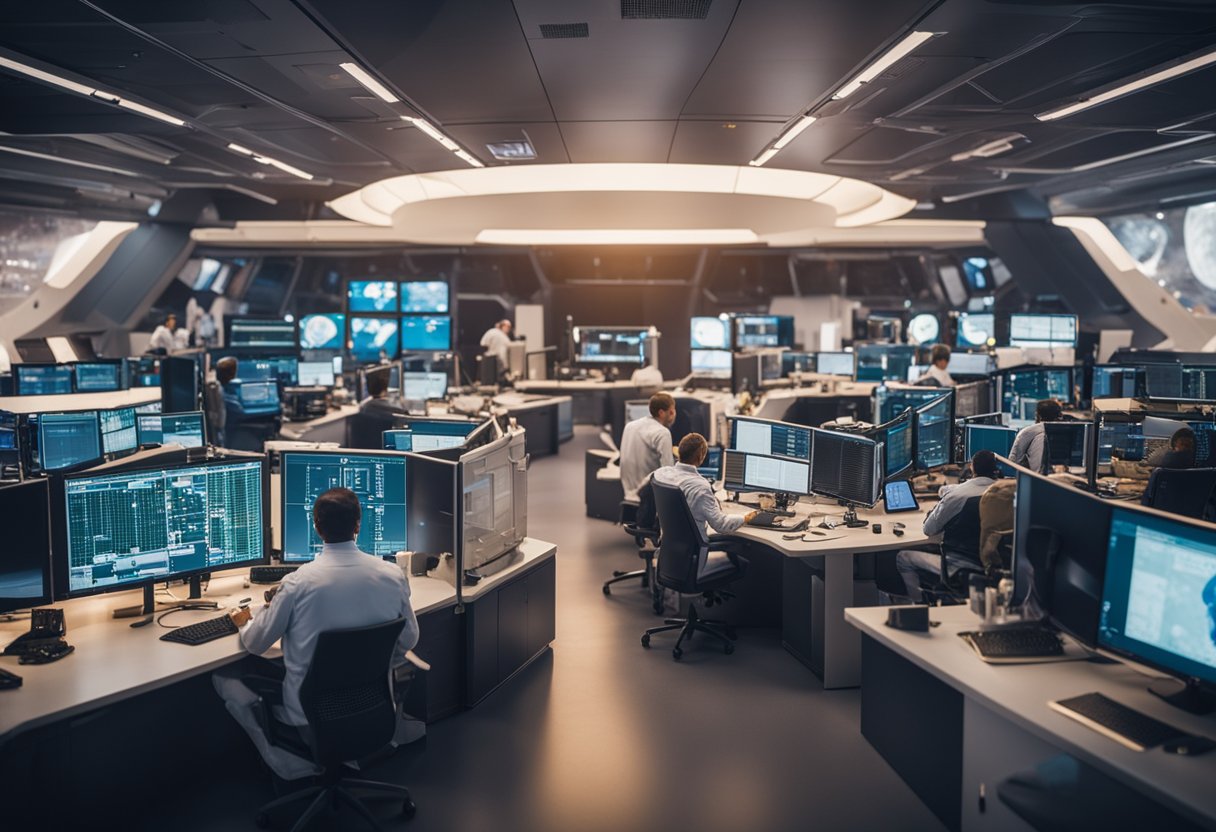
Setting up permanent residence on Mars requires meticulous planning and execution of surface operations, with an emphasis on ensuring habitability. We need to create a viable environment that can support human life over extended periods, which necessitates a framework for sustainable living and effective life support systems.
Our initial phase on the Martian surface would involve deploying and assembling habitat modules, research facilities, and infrastructure for power generation and communication. Significant attention would be paid to the utilisation of in-situ resources, such as the Martian soil for building materials, to reduce reliance on supplies from Earth. Shielding from radiation and micro-meteoroid impacts is critical, thus, the design of habitat modules incorporates protective layering and regolith-based coverings.
Sustainability on Mars hinges on the development of reliable life support systems that can manage the basics: water, air, and food. Recycling is paramount, with closed-loop systems that allow for the reuse of water and the regeneration of oxygen. Scientists are exploring carbon dioxide processing techniques to produce oxygen, considering Mars’s atmosphere is rich in CO_2. For food, we’re investigating the use of hydroponic and aeroponic systems for plant growth, which would not only supplement diets but also contribute to oxygen production and carbon dioxide removal. Our life support strategy centres on redundancy to ensure survivability should a primary system fail.
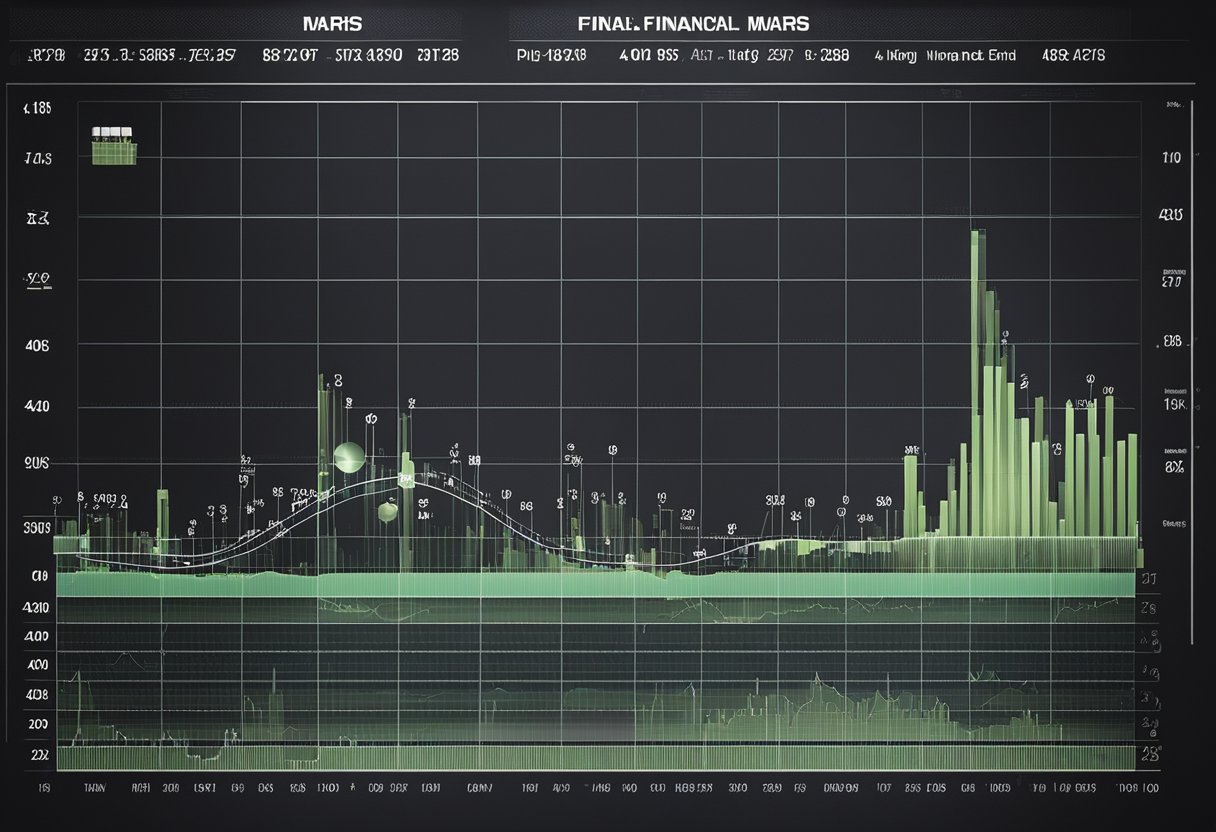
In preparation for human exploration, we focus on two critical scientific objectives: the search for past microbial life and comprehensive geological surveys.
Our Mars missions prioritise the search for signs of past microbial life. The Perseverance rover, leveraging its state-of-the-art instruments, analyses surface materials with the objective to detect biosignatures. Key indicators of microbial life include the presence of organic compounds and evidence of past habitable environments.
The geological surveys we conduct with the Perseverance and Curiosity rovers are central in understanding Mars’ history and geology. Perseverance focuses on collecting rock and soil samples that could potentially harbour signs of ancient life. Curiosity, on the other hand, assesses the environmental factors that may have sustained microbial life, examining the planet’s climate and atmosphere from a geological perspective.

When considering manned Mars missions, we must address both the legal frameworks governing extraterrestrial activities and the ethical imperative to share knowledge gathered during these endeavours.
We are entering an era where space law must evolve to tackle the unique challenges presented by the prospect of human settlement on Mars. Current treaties, including the Outer Space Treaty of 1967, have guided our actions in space thus far. However, the imminent reality of Mars colonisation requires new legal paradigms. Questions of sovereignty, resource utilisation, and environmental stewardship on a new planet necessitate an adaptable and forward-thinking legal approach.
The principle of sharing knowledge underpins our collective growth and progress. The Creative Commons license provides a model for open access to scientific information. As we embark on manned Mars missions, ensuring data and research findings on Martian geography, biology, and potential habitat solutions are shared is essential. This approach fosters global collaboration, drives innovation, and maintains transparency in what may become one of humanity’s most notable achievements.
It is integral to our ethos at SpaceVoyageVentures.com to adhere to these legal and ethical considerations, reinforcing our commitment to advancing space exploration responsibly and collaboratively.

In this section, we address some of the most pressing queries related to the financial aspects of crewed Mars missions, offering precise figures and citing credible sources where necessary.
Estimates for a crewed mission to Mars vary significantly, but it’s often cited that the endeavour could cost upwards of $100 billion, with the timeline spread across several decades.
Historically, the primary financial contributors to Mars missions have been governmental agencies such as NASA and the European Space Agency (ESA). Additionally, private entities like SpaceX are increasingly playing a role in financing and developing Mars exploration technologies.
The economic impact of NASA’s activities is reviewed through various studies that analyse parameters such as job creation, technological advancement, and returns on investment. Such studies assess how every dollar spent on space exploration can lead to economic benefits multi-fold.
While the expense is considerable, the cost of exploring Mars must be weighed against the potential for technological innovations that often accompany such missions, which can generate economic growth and new industries.
The Apollo program is a significant historical precedent, where government funding and resource pooling from various countries led to the successful Moon landings. These past missions laid the groundwork for international collaboration and financial planning for current space endeavours.
The projected costs for a return Mars mission for astronauts are still under review, with different agencies and corporations proposing various figures, but it’s anticipated to be in the tens of billions of dollars, factoring in technological, logistical, and support costs.